This post contains affiliate links, meaning I may earn a commission if you click through and make a purchase. As an Amazon associate, I earn from qualifying purchases. This comes at no additional cost to you. I only recommend products or services that I believe will provide value to my readers based on personal experience or thorough research.
 Character design pretty much sets the stage for any great story. Imagine a fantasy tale without a wizard with a swirling cloak, or a sci-fi adventure without a sleek, tech-savvy protagonist. Characters breathe life into narratives, and their design is what makes them memorable and relatable.
Character design pretty much sets the stage for any great story. Imagine a fantasy tale without a wizard with a swirling cloak, or a sci-fi adventure without a sleek, tech-savvy protagonist. Characters breathe life into narratives, and their design is what makes them memorable and relatable.
Each genre carries its own bag of tricks when it comes to character design. Fantasy demands magic and mystique, sci-fi gets all geeky with technology, and horror springs characters who make your skin crawl. While they rely on different elements, the common thread is staying true to the genre while making characters relatable.
Consistency and authenticity are the best buddies in character design. Consistent traits and behaviors build trust with the audience and authenticity means fleshing out characters that feel real even in the most unreal settings. This ensures that no matter the world they inhabit, characters resonate with their audience.
Ever wonder why some characters stick with us long after we’ve closed the book or switched off the screen? It’s often because they fit perfectly within their worlds and stories. They’re believable and consistent, yet distinct enough to leave a mark. Understanding this blend of consistency and uniqueness is the key stepping stone right here.
Fantasy Characters: Crafting Mystical Personas
Fantasy transports us to a world where the impossible becomes reality, and character design plays a crucial role in making this magic believable. Whether it’s a wise old wizard or a fearless dragon rider, the key is to weave elements of magic and mythology into the very fabric of your character. This creates a persona that’s rich in depth and enigma.
Uniqueness is a big deal in fantasy characters but it’s equally important to have a sprinkle of familiarity. Think of it as a balancing act between the fantastical and the relatable. This blend helps the audience connect with characters even if they’re from otherworldly realms.
Adding elements of storytelling traditions and myths can bring an extra layer of depth. This doesn’t mean you recreate already famous characters, but rather take inspiration to birth something fresh yet recognizable.
Iconic fantasy characters often stand out due to their distinct traits or abilities, coupled with a well-crafted backstory. They might wield powers beyond imagination, but their motivations and fears are often rooted in real, human concerns.
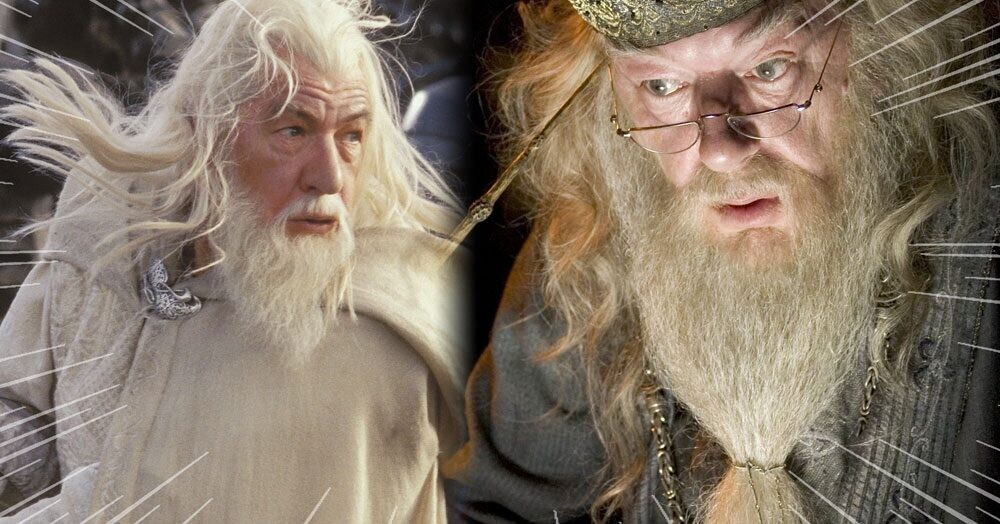 Notable examples like Gandalf or Arya Stark show how memorable fantasy characters combine quirks, courage, and depth, supported by a world that amplifies their journey. Create compelling mystical personas by paying attention to these aspects.
Notable examples like Gandalf or Arya Stark show how memorable fantasy characters combine quirks, courage, and depth, supported by a world that amplifies their journey. Create compelling mystical personas by paying attention to these aspects.
Sci-Fi Characters: Futuristic Creations and Innovations
Sci-fi is where creativity meets technology, and character design is no different. Envision a world with futuristic gadgets and out-of-this-world settings, and then imagine how your characters fit into that tapestry. This means incorporating advanced technology and a forward-thinking mindset into the very essence of your characters.
World-building plays a big role here. A strong setting that complements and enhances your characters’ abilities is crucial. Whether it’s a space opera or a dystopian future, your characters should feel like they’re part of their intricate world, influenced by and contributing to the technology and culture around them.
Aligning the abilities of sci-fi characters with their environment is another essential piece of the puzzle. They might be equipped with cybernetic enhancements or telekinetic powers, but these should match the narrative’s technological landscape. This ensures they remain believable while still pushing the boundaries of possibility.
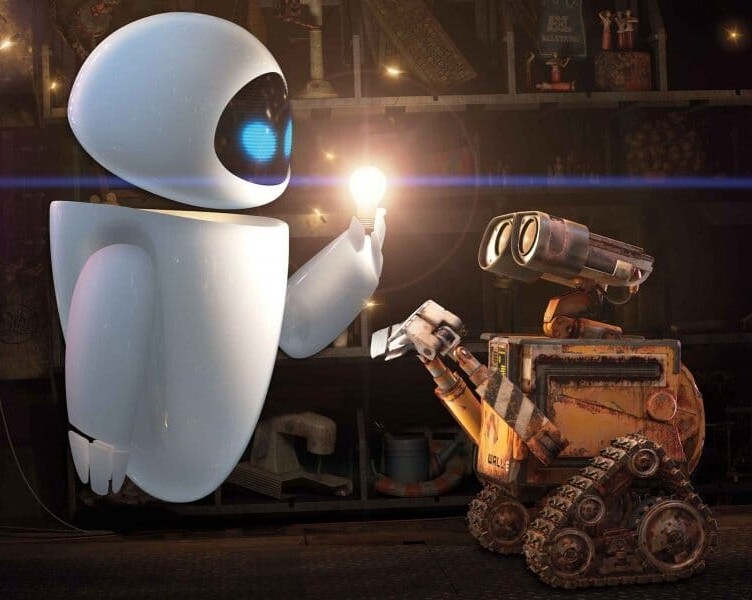 One of the coolest things about sci-fi characters is their ability to challenge societal ideologies. By placing them in futuristic scenarios, you can explore “what-if” questions and make social commentary. They can act as mirrors, reflecting the triumphs and tribulations of our own world through a lens of innovation and exploration.
One of the coolest things about sci-fi characters is their ability to challenge societal ideologies. By placing them in futuristic scenarios, you can explore “what-if” questions and make social commentary. They can act as mirrors, reflecting the triumphs and tribulations of our own world through a lens of innovation and exploration.
Sci-fi character design is not just about flashy tech; it’s about innovation with meaning. From heroes like Luke Skywalker to complex ones like Rick Deckard, successful sci-fi characters are often layered, carrying the weight of what humanity might become. Effective design combines imaginative visuals and profound narrative depth.
Horror Characters: Evoking Fear and Suspense
Creating horror characters is all about getting under the skin of your audience. It’s much less about gore and more about tapping into primal fears. The psychology behind horror character design involves understanding what terrifies us—uncertainty, the unknown, and crossing the boundaries of what is real and what is imagined.
Visual elements play a massive role in crafting horror icons. From the eerie presence of a silent shadow to grotesque features that defy nature, it’s about choosing details that unsettle. But let’s be real—the fear factor often stems from what the audience doesn’t see. Implied horror can be more chilling than explicit gore.
A rich backstory adds layers and context, making characters more immersive and their motives more sinister. Discovering why they are driven to terrify or seek vengeance makes them relatable in a chilling way. These narratives often swirl around tragedies or long-forgotten secrets, tethered to dark lore or curses.
Some of the most effective horror characters walk a fine line between what’s evil and what just suffers from misunderstood drives—think of Frankenstein’s monster or those haunting specters seeking justice. They might be frightful, yet evoke a tinge of sympathy from the audience, making them all the more engaging.
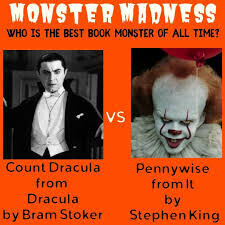 Classic and modern horror icons, from Dracula to Pennywise, share a common thread: they’re not just vessels of terror but complex beings with deeply embedded motives. When designing your own horror cast, look for places where trauma meets terror, driving your audience not just to fear but to question their narrative arc as well.
Classic and modern horror icons, from Dracula to Pennywise, share a common thread: they’re not just vessels of terror but complex beings with deeply embedded motives. When designing your own horror cast, look for places where trauma meets terror, driving your audience not just to fear but to question their narrative arc as well.
Action Characters: Creating Dynamic and Compelling Heroes
Action characters thrive on energy and vitality that keep stories moving at breakneck speed. They are the heartbeat of thrillers and blockbusters, often setting the pace with their bold choices and relentless spirit.
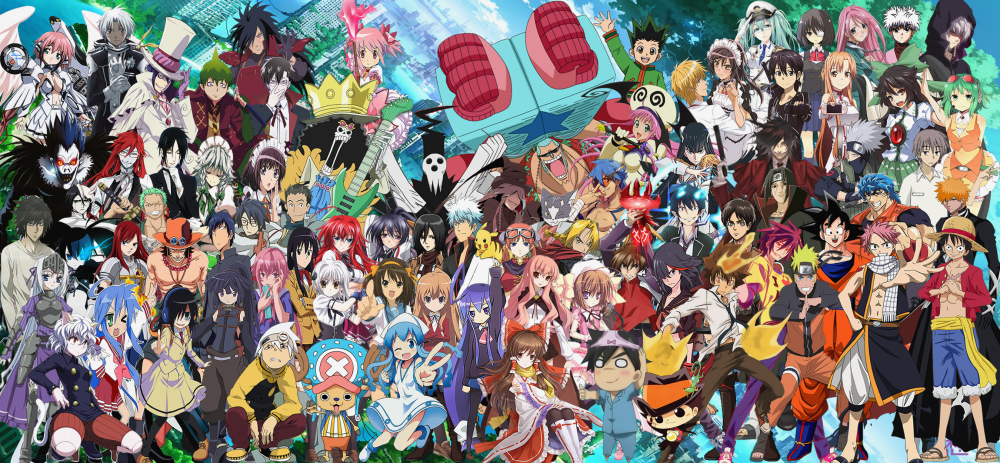 The key to crafting unforgettable action characters lies in striking a balance between physical prowess and a well-rounded personality. They don’t just leap from buildings; they have layered lives with motivations that make them relatable, even amidst the chaos.
The key to crafting unforgettable action characters lies in striking a balance between physical prowess and a well-rounded personality. They don’t just leap from buildings; they have layered lives with motivations that make them relatable, even amidst the chaos.
Developing compelling heroes or villains means focusing on their strengths and weaknesses. Giving them vulnerabilities allows audiences to connect on a human level, while their strengths keep them iconic and admirable.
Authenticity is vital in action character design, where exaggerated feats still need a touch of realism to be engaging. This means doing your homework—whether it’s mastering martial arts intricacies or the mechanics of a high-speed chase.
The portrayal of gender and diversity in action characters has evolved, reflecting social changes and bringing more balance to hero dynamics. We’ve moved from singular stereotypes to a diverse range of characters, showcasing strength in various forms and perspectives.
Iconic action characters—like John McClane or Furiosa—are impactful because they are creations of their narratives, molded by conflict yet defined by resilience. They reflect the fast-paced world but never forget their human roots.
Romantic Characters: Design and Depth in Love Stories
Romantic characters need to hit that sweet spot between being charming and realistically human. In love stories, depth is everything, giving characters that genuine spark audiences root for.
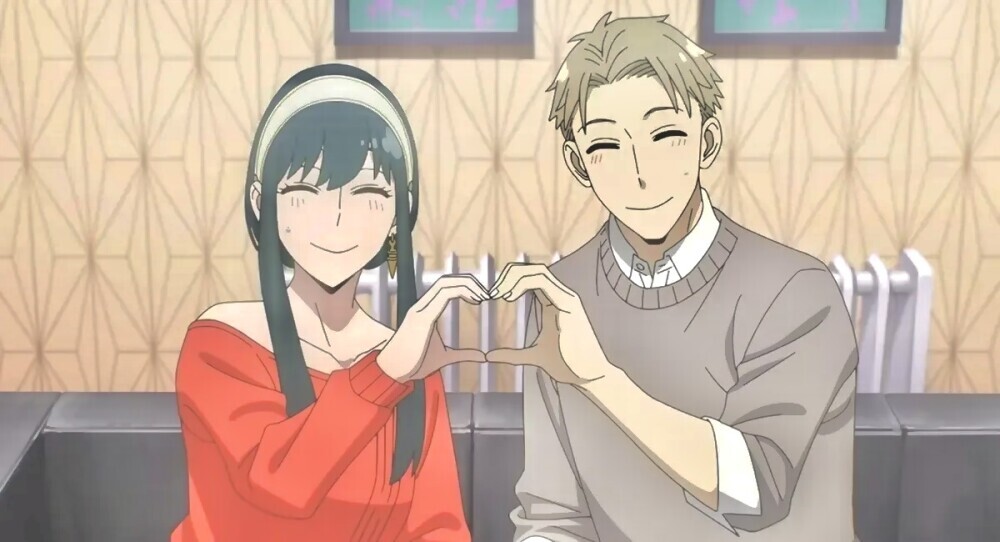 Going beyond superficial traits is key. No one wants cookie-cutter lovers, so face their dreams, flaws, and complexities. It’s these elements that make them memorable and drive the story’s emotional core.
Going beyond superficial traits is key. No one wants cookie-cutter lovers, so face their dreams, flaws, and complexities. It’s these elements that make them memorable and drive the story’s emotional core.
Clichés are the hurdles of this genre. While certain tropes are unavoidable, adding unique twists can keep things fresh and appealing. Focus on what sets your characters apart, and ensure their narratives reflect true-to-life relational dynamics.
Quirks and flaws aren’t just for laughs; they’re the soul of believable love stories. These imperfections make characters relatable and add tension and conflict, which are essential for any romance worth reading or watching.
The setting and societal context hugely influence romantic character design. Consider how time periods, cultural backgrounds, and personal histories shape who characters are and how they love. This creates a richer, more nuanced relationship dynamic.
Great romantic characters—from Elizabeth Bennet to Noah Calhoun—are celebrated because they’re complex, grounded, and dynamic. They flourish in their stories and invite readers and viewers to experience love in all its highs and lows, ensuring their impact lingers long after the tale is over.



Hello Skylar!
This was such an insightful read about character design for different genres! I never realized how much the genre influences everything from a character’s physical appearance to their personality traits. It’s fascinating how a character designed for a comedy might have exaggerated features to enhance humor, while a sci-fi character could focus on sleek, futuristic elements., though it does make sense if I really think about it.
For someone just starting out, do you have any tips for balancing genre-specific traits while keeping characters unique and relatable? I find that if I were to go and create characters they end up being like ones from outside influences. Also, how do you approach blending genres when designing characters?
Angela M 🙂
Hi Angela!
Thank you so much! 😊 I’m thrilled you found the article insightful—it’s always fun to dive into how genre shapes character design. You’re so right; comedy and sci-fi characters have such distinct vibes, yet there’s so much room for creativity within those frameworks. Let’s break down your questions because they’re awesome!
Balancing Genre-Specific Traits with Uniqueness and Relatability
This is such a great question because it’s easy to get stuck in the “cookie-cutter” trap, especially when starting out. Here are a few tips that have helped me:
Understand the Genre First: Study the visual and personality tropes of the genre you’re working in. What makes a sci-fi character feel futuristic, or a comedy character feel funny? Once you know the rules, you can play around with bending or breaking them.
Add a Personal Touch: Think about your character’s backstory, quirks, or goals—what makes them stand out? A relatable detail (like an unexpected fear or a funny habit) can make even the most genre-specific character feel fresh and human.
Steer Clear of Copycats: If you notice your characters leaning too much toward existing designs, take a step back. Mix and match traits from different influences or throw in something totally unexpected. For example, what if your sci-fi hero has a scruffy, hand-me-down jacket because they’re broke? It contrasts with the sleek, high-tech setting and adds relatability.
Ask “Why?” for Every Choice: When designing, ask yourself why each feature matters. If you’re giving a fantasy character a glowing sword, think about what it says about them—is it a family heirloom? A magical burden? This kind of depth keeps characters unique and grounded.
Blending Genres in Character Design
Blending genres is such a fun challenge! It’s like cooking—combining flavors you wouldn’t expect to make something delicious. Here’s how I approach it:
Pick a Dominant Genre: Decide which genre is the “base” and which is the “accent.” For example, in a comedy-sci-fi blend, you might lean into wacky humor but keep the sci-fi aesthetics to ground the setting.
Find Shared Elements: Look for traits both genres can share. For example, a steampunk-horror character might have Victorian-inspired clothes (steampunk) but with eerie, shadowy colors and sinister gadgets (horror).
Test Proportions: Start with sketches that exaggerate traits from one genre, then slowly dial it back while adding traits from the other. This helps you find the sweet spot where both genres shine without overwhelming the character.
Use Color and Silhouette: These are great tools for blending genres. A vibrant, playful color scheme can make a sci-fi setting feel more comedic, while jagged, asymmetrical silhouettes can add horror vibes to a fantasy world.
Starting out can feel overwhelming, but experimenting and embracing happy accidents is all part of the fun! 😊 If you ever feel stuck, try designing your character as if they were dropped into a totally opposite genre—it can spark some really cool ideas. What kind of characters are you dreaming up? I’d love to hear more!
Best,
Skylar ✨
Hello,
It’s fascinating to see how different genres require unique elements to create memorable and relatable characters. Your emphasis on consistency and authenticity really resonates with me. I’ve found that characters who stay true to their traits and behaviors, even in fantastical settings, are the ones that leave a lasting impression. It’s that blend of the extraordinary and the familiar that makes them so compelling. How do you think the evolution of technology and digital art tools has influenced character design across different genres?
Oh, technology has totally supercharged character design! It’s like having a secret stash of magic tools that make creating more accessible, experimental, and just plain cool. Here’s how I think it’s shaped things across genres:
Broader Accessibility = More Voices
Digital tools have made character design more inclusive—like, you don’t need a super expensive studio setup anymore. Apps like Procreate or Blender let indie creators and hobbyists compete with big studios, which means we’re seeing fresh perspectives and more diverse characters across all genres.
Genre-Specific Innovations
Fantasy and Sci-Fi: Tools like ZBrush or Unreal Engine make it so much easier to push the limits of imagination. Intricate armor, alien skin textures, or cyberpunk glow effects can now be prototyped in 3D before they’re locked in, helping artists create believable yet fantastical designs.
Realism in Action or Drama: With advancements like motion capture and AI-driven anatomy references, characters in action or dramatic genres feel more lifelike. Subtle expressions and nuanced body language have leveled up massively, which is a game-changer for audience connection.
Cartoons and Stylized Genres: Programs like Toon Boom or Adobe Animate help refine exaggerated, cartoony styles without losing their charm. Plus, the ability to test poses and actions in real-time animations has made characters way more dynamic and expressive.
Experimentation and Speed
Iterating Faster: Tools like Photoshop, Clip Studio Paint, or Substance Painter let artists try out tons of color palettes, poses, or textures in minutes instead of hours. This has opened the door to bolder experimentation—think mashups of genres like “fantasy-noir” or “post-apocalyptic cute.”
AI and Procedural Tools: AI tools like MidJourney or texture generators speed up repetitive tasks like filling in details or testing lighting. This means more time for designers to focus on creativity instead of grunt work. (Though, some purists might say it’s cheating—debate for another day! 😂)
Cross-Platform Thinking
With technology bridging the gap between mediums, character designs now have to work across 2D animation, 3D games, AR/VR, and even print. Designers are thinking about how characters move, interact, and even “live” in different spaces, which has pushed designs to be more versatile and adaptable.
Impact on Storytelling
With more tools at their disposal, designers can embed extra storytelling in character design. Tiny details, like scuffs on armor or glowing tattoos, can hint at a character’s past without saying a word. Technology makes these subtle touches way easier to achieve.
Final Thoughts
The evolution of digital tools has basically turned the world of character design into a giant sandbox. Designers can now dream bigger, push boundaries, and collaborate globally, which makes every genre feel fresher and more exciting.
What are the essential considerations, techniques, and creative processes involved in designing characters that effectively fit and enhance various genres, such as fantasy, science fiction, horror, and romance, while ensuring they resonate with the audience? How can writers and artists effectively balance genre conventions and originality when designing characters for fantasy, science fiction, horror, and romance, to create compelling and memorable characters?
Hi Scott,
Thanks for your great questions! The article touches on the essential considerations and techniques for designing characters across genres by emphasizing the importance of aligning characters with their worlds while keeping them relatable and unique. For example, fantasy thrives on magic and mythology, sci-fi blends technology with imagination, horror delves into primal fears, and romance focuses on emotional depth. The creative process often involves balancing genre conventions—what audiences expect—with fresh twists that make characters memorable.
At the core, it’s about creating characters who resonate with their audience, no matter how fantastical or futuristic the setting. Whether it’s a wizard grappling with human flaws or a sci-fi hero reflecting societal questions, characters should feel real and meaningful within their stories.
I hope this sums it up well! Let me know if you’d like to dive deeper into any specific genre or aspect.
Best,
Skylar